Embarking on the journey of training and riding Saddlebred horses can be immensely rewarding for enthusiasts and hobbyists alike. Diving into the world of these majestic animals opens up a plethora of opportunities to connect with their storied history, unique characteristics, and versatile abilities. This comprehensive guide will provide you with valuable insights into selecting the right Saddlebred horse and equipment, developing their natural gaits, establishing a solid training foundation, mastering advanced techniques, and maintaining their health and wellbeing, all while consistently working towards enhancing your own skills as a rider and trainer.
Table of Contents (Horspedia)
Understanding Saddlebred Horse Breeds
American Saddlebred Horse Breed
Throughout the history of the American Saddlebred, this horse breed has played a significant role in American culture and equestrian sports. Originating from Kentucky in the early 19th century, the American Saddlebred’s ancestry includes Thoroughbreds, Morgans, and Narragansett Pacers. Developed to be a comfortable riding horse for plantation owners, this breed later gained popularity as a flashy show horse. Over time, Saddlebreds have become versatile athletes, excelling in various disciplines, such as dressage, hunter pleasure, endurance, and their signature saddle seat riding. Understanding the breed’s background will greatly benefit enthusiasts as they develop their training approach for Saddlebreds.
Unique Gaits
One of the most distinctive characteristics of the American Saddlebred is its high-stepping gait. While Saddlebreds possess the traditional walk, trot, and canter gaits, they also demonstrate two additional gaits known as the “slow gait” and the “rack.” These gaits originated from the breed’s ability to provide a smooth and comfortable ride for traveling long distances. The slow gait is a four-beat gait, with each foot lifting and striking the ground independently. The rack, a faster, more animated version of the slow gait, has been described as effortlessly gliding in motion. When training a Saddlebred, focusing on developing and refining these unique gaits is essential to highlight the breed’s true athletic ability.
Versatility
Versatility is another significant strength of the American Saddlebred, making it an ideal breed for various disciplines. Training Saddlebreds requires an understanding of their strong work ethic, intelligence, and willingness to please. Encouraging these traits through positive reinforcement and consistent routines will yield a successful and motivated show horse or riding companion. As versatile athletes, Saddlebreds can be trained for both English and Western riding disciplines and should be introduced to different types of equipment and riding styles to develop their adaptability.
Natural Elegance
It’s important to recognize the innate elegance of the American Saddlebred when developing a training program. Saddlebreds possess an elevated headset and a natural “park horse” stance, giving them an elegant and eye-catching appearance in the show ring. Training methods should enhance these qualities by focusing on developing a strong topline and encouraging the horse to engage its hindquarters. This will create the desired roundness and elevation in their movements and improve overall performance.
Conclusion
In order to become skilled at training American Saddlebreds, it is essential to understand the breed’s history, unique gaits, versatility, and natural elegance. Combining a focus on these characteristics with positive reinforcement training, enthusiasts can develop a well-rounded, athletic, and flashy Saddlebred performer. Ultimately, a comprehensive knowledge of the breed will ensure a strong foundation for enthusiasts to build upon their training expertise and develop lasting partnerships with these remarkable horses.
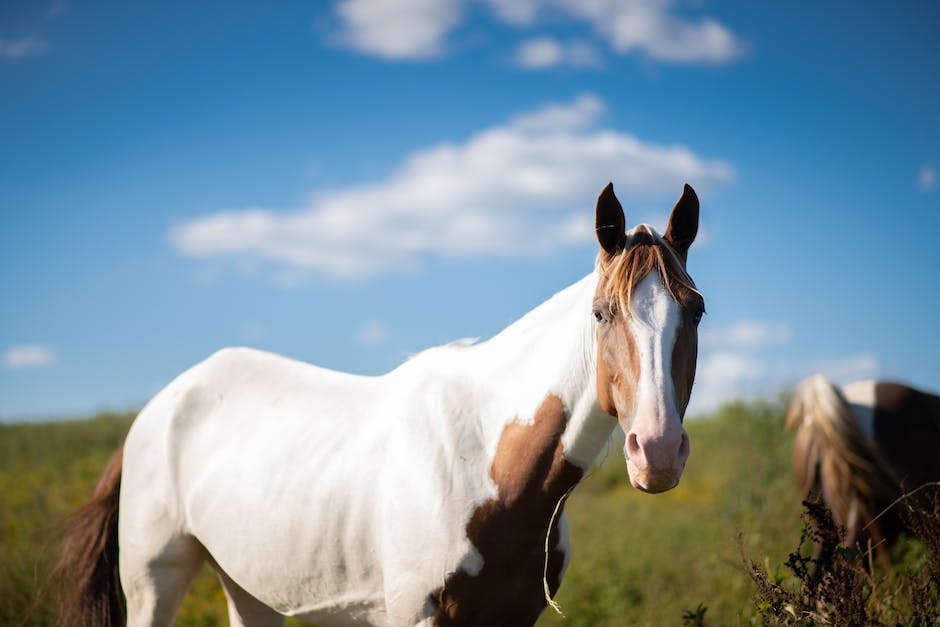
Selecting the Right Horse and Equipment
Training Saddlebred Horses: Important Considerations
Before diving into the world of Saddlebred training, it’s essential to choose the right horse for your desired activity or profession. Start by evaluating your goals, whether you want to compete in various disciplines such as three-gaited, five-gaited, or western classes, or simply enjoy the companionship of a Saddlebred for pleasure riding. Spend time researching reputable breeders or trainers who may have horses for sale or lease that meet your criteria. Additionally, attending local horse shows or joining a Saddlebred organization can help you network within the community and gain knowledge about available prospects.
When selecting a Saddlebred for a specific discipline, it’s crucial to assess their conformation, temperament, and suitability for the intended job. Generally, a Saddlebred with a long, upright neck, strong back, and good hock action is suitable for various show ring disciplines. However, a more laid-back individual may be better suited for trail riding or other pleasure activities. Even though some horses excel in multiple areas, carefully considering your primary goals will ensure the best match for both you and the horse.
Once you’ve identified the perfect Saddlebred for your chosen activity, selecting appropriate tack and equipment is your next step. Choosing a saddle that corresponds to your discipline is essential. For example, an English saddle is necessary if you aspire to participate in English-style disciplines like three- or five-gaited classes, while a western saddle is more suitable for western activities. Ensure the saddle properly fits both you and your horse to provide support and comfort during training sessions. In addition, using a saddle pad can protect your horse’s back and enhance the overall fit of the saddle.
Other crucial equipment includes a bridle, which houses the bit you choose and allows you to communicate with your horse. Saddlebreds often wear a double bridle, consisting of a snaffle bit and curb bit, in certain disciplines like three- and five-gaited. However, selecting the appropriate bit for your specific horse and discipline is critical. Consult with trainers or experienced equestrians in your discipline to choose a suitable bit for both your horse’s comfort and communication needs.
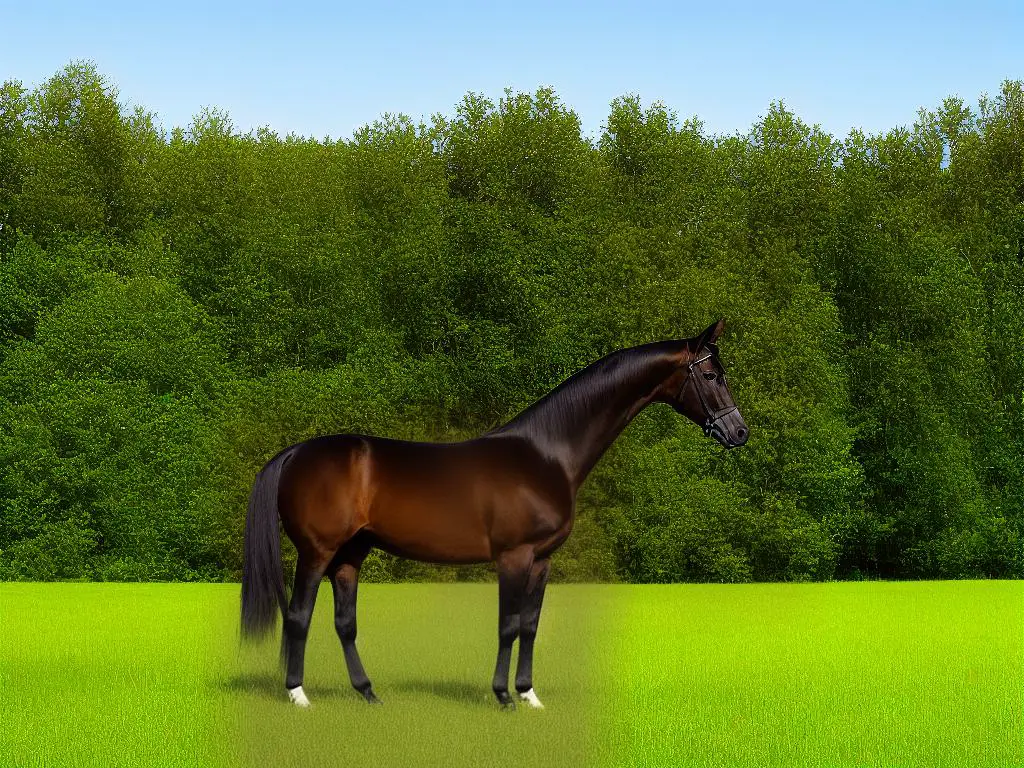
Developing the Saddlebred’s Natural Gaits
Training the American Saddlebred for Optimal Performance
For an American Saddlebred horse to reach its full potential, trainers must develop and refine its natural gaits. These five distinct gaits – walk, trot, canter, slow gait, and rack – showcase the breed’s versatility and athleticism. Perfecting these gaits involves understanding each movement and creating a consistent training program that supports the horse’s innate abilities while cultivating trust and communication between horse and rider. As you progress with your Saddlebred, maintaining a regular training schedule and continually reevaluating your horse’s progress is crucial to ensure they thrive in their chosen discipline.
Working closely with experienced trainers or mentors, as well as using properly fitting tack, will help forge a successful partnership with your Saddlebred horse while enjoying the activities you love. Remember, each horse is unique, and adjusting your training approach based on their individual needs will ultimately lead to better results and a satisfying relationship with your equine partner.
Establishing a Foundation
To develop the Saddlebred’s natural gaits, it’s important to establish a foundation in the walk, trot, and canter, as these form the basis of all other movements.
The walk should be:
- Square
- Forward
- Relaxed
- The horse should stretch into the bridle and maintain even, rhythmic strides
The trot, a two-beat gait characterized by diagonal pairs of legs moving in unison, is a test of the horse’s agility and impulsion. To refine the trot, practice circles, serpentines, and lateral exercises that encourage suppleness and balance while maintaining a steady rhythm.
The canter, a three-beat gait, requires power and grace as the horse rocks forward onto its leading leg. Encourage a balanced, uphill canter by practicing transitions, simple lead changes, and work on the counter-canter.
The Slow Gait
The slow gait, a four-beat lateral gait unique to the American Saddlebred, is characterized by extreme flexion and cadence, requiring the horse to lift and place each foot individually. Training the slow gait involves teaching the horse to slow down the pace of its trot while maintaining the engagement and impulsion necessary to maintain the gait.
Many trainers use the following methods to develop the slow gait:
- Ground poles
- Elevation of the rider’s hands
- Verbal cues
Always strive for consistency and harmony in the execution of the slow gait movement.
The Rack
The rack, known as the “single-foot” and considered the hallmark of the American Saddlebred, is an evenly spaced, highly collected four-beat gait that showcases the breed’s brilliance and athleticism. A racking horse should move with speed and animation, demonstrating a high degree of suspension and fluidity in their movement.
To develop the rack, trainers encourage the horse to maintain a collected, energetic trot while gradually eliminating the moments of suspension between footfalls. This results in the fluid, ground-covering movement that has made the American Saddlebred famous.
The Versatile Saddlebred
Known for their flexibility, Saddlebred horses are often considered agile and well-rounded mounts. Their abilities in the walk, trot, canter, slow gait, and rack make them excellent choices for varied disciplines, including competitive events and leisurely rides.
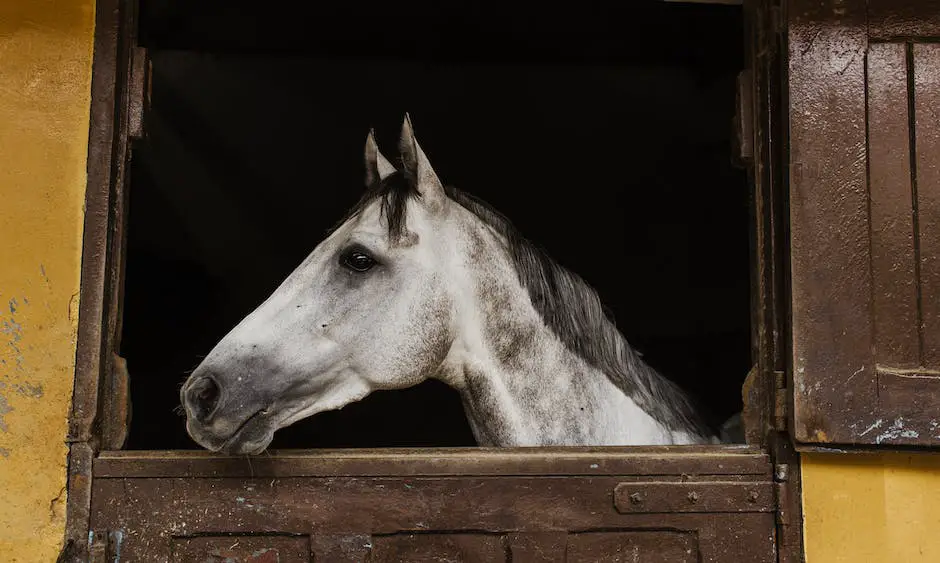
Establishing a Solid Training Foundation
Training Techniques for Saddlebreds
To unlock the full potential of these versatile equines, it is essential to focus on establishing a strong foundation through fundamental training techniques. A combination of groundwork and in-saddle exercises fosters effective communication and collaboration between horse and rider.
Groundwork is key, involving lunging, longlining, and teaching basic ground manners, and it helps prepare the horse mentally and physically for the demands of riding. By consistently engaging in groundwork, riders can effectively communicate expectations and set the stage for a successful working partnership with their Saddlebred horse.
Lunging and Longlining
Lunging is an essential aspect of groundwork for Saddlebreds, as it helps the horse develop balance, rhythm, and suppleness. During lunging sessions, the rider works the horse in a circle on a line, focusing on encouraging forward movement and responsiveness to cues.
Longlining is another important groundwork exercise, in which the horse is worked with two lines, one on either side of its body. This exercise allows the rider to work on lateral movement, collection, and extension while maintaining a safe distance from the horse.
Ground Manners
Establishing basic ground manners is equally important in creating a strong foundation for Saddlebred training. Teaching the horse to stand quietly while being groomed, tacked up, and led is essential for a safe and enjoyable riding experience. Additionally, horses should be taught to be comfortable with various stimuli they may encounter during training or in the show ring, such as loud noises and unfamiliar objects. Desensitization exercises can be incorporated into groundwork sessions to help the horse become more confident and relaxed in new situations.
Under-saddle Exercises
In addition to groundwork, under-saddle exercises are essential for building a solid foundation in Saddlebred training. These exercises should focus on developing balance, collection, and extension, as well as responsiveness to the rider’s cues. Riders should work on establishing a consistent, relaxed contact with the horse’s mouth through the reins, and use leg and seat cues to encourage lightness and suppleness. Transitions between and within gaits, lateral work, and bending exercises should be incorporated into training sessions to develop the horse’s strength and flexibility.
Relationship Between Horse and Rider
Building a strong working relationship between the horse and rider is fundamental to the success of training Saddlebreds. This involves finding the right balance between praise and discipline. Positive reinforcement for good behavior ensures continued improvement, while appropriate consequences for undesirable actions maintain boundaries. Consistency, patience, and persistence are key qualities for riders to develop during training sessions. Additionally, seeking guidance from experienced trainers and mentors can be invaluable in overcoming challenges. By employing these fundamental techniques and exercises, riders establish a solid foundation for success in the world of Saddlebred training.

Advanced Training Techniques and Exercises
Advanced Training Techniques for Saddlebreds
Once a strong foundation is established, riders can begin to explore advanced training techniques to further refine their Saddlebred’s performance in dressage, jumping, and saddle seat. Lateral movements are crucial exercises in this regard. Incorporating shoulder-in, haunches-in, leg yields, and half-passes into regular training sessions can significantly improve the horse’s balance, suppleness, and engagement of the hindquarters. As a result, the rider can fine-tune the horse’s movements and achieve better overall performance.
Another advanced training exercise to strengthen and enhance a Saddlebred’s performance is gymnastic jumping exercises. These exercises involve setting up a series of jumps, including verticals and oxers, as well as trot poles at specific distances, to develop a consistent rhythm and enhance the horse’s confidence in jumping. Focusing on the horse’s approach, take-off, and in-air adjustments can lead to noticeable improvements in their jumping discipline. By connecting and combining fundamental training with advanced techniques, riders and their Saddlebreds achieve a harmonious partnership and excel in their chosen disciplines.
Developing Animation and Impulsion in Saddle Seat
To achieve success in the saddle seat discipline, it is crucial to focus on developing a Saddlebred’s animation and impulsion. High energy driving exercises will help to build up these attributes in your horse. Encourage your Saddlebred to engage their hind end and lift their front end by driving them forward into contact with the bit. Work on transitions, from the walk to the trot or canter, asking for more impulsion and animation with each transition. These exercises can increase the horse’s overall performance in the saddle seat discipline.
Adding Variety to Training
Adding variety to the Saddlebred’s training routine can further improve overall performance. Incorporating trail rides, hill work, and cavaletti exercises can contribute to the horse’s mental and physical well-being. Trail rides can help to build bone density, develop balance, and expose your horse to new surroundings and obstacles, making them more adaptable in show environments. Hill work is an excellent workout for the hind end and can help to improve your Saddlebred’s trot and canter. Cavaletti exercises encourage the horse to lift their legs and focus on footwork, which can enhance their overall performance in various disciplines.
Show Preparation
Preparing for shows is an important aspect of training Saddlebreds, and should not be neglected. Simulating show-like situations and addressing any potential distractions are crucial steps in making sure your Saddlebred is ready for competition. It’s a good idea to attend schooling shows so your horse can become acquainted with the sights, sounds, and atmosphere of a real show. Practice riding in small groups and expose your Saddlebred to different stimuli such as music, banners, and cheering crowds. Ensuring your horse is comfortable and confident in these situations during training will greatly enhance their performance in the show ring.
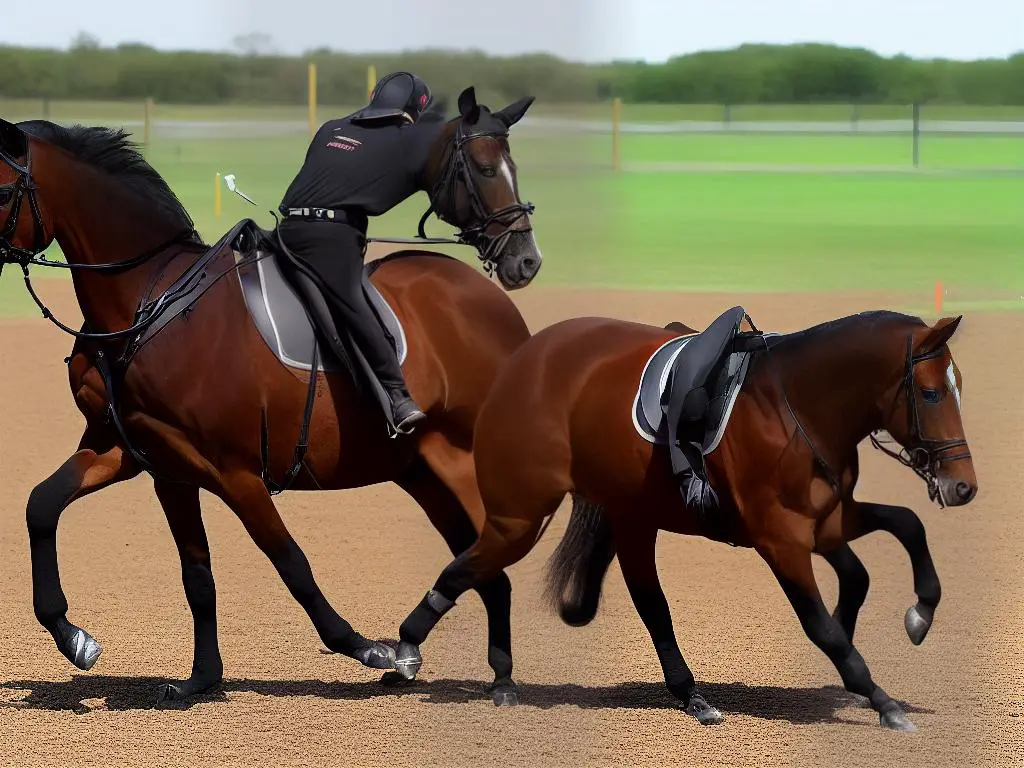
Maintaining Health, Fitness, and Longevity
Proper Diet
A balanced diet is essential for maintaining the health, wellbeing, and peak performance of your Saddlebred during both training and competition. These horses have high nutritional needs, and it’s vital to provide them with a diet that meets these requirements while preventing health issues. High-quality forage, like hay and pasture, should make up the foundation of your Saddlebred’s diet, supplemented with an appropriate amount of concentrates like grains when necessary. Adequate vitamins, minerals, and proteins are also needed to support muscle growth, strength, and recuperation after training sessions. Keep an eye on your horse’s body condition to ensure that they’re neither under nor overweight, adjusting their diet as needed. It’s wise to consult a qualified equine nutritionist to develop and maintain a customized diet plan tailored to the specific needs of your horse.
Fitness
In addition to a well-balanced diet, a proper fitness regimen is essential for Saddlebred horses. Regular exercise and conditioning help improve their performance, strength, endurance, and overall health. A progressive training schedule, tailored to each horse’s ability, allows for gradual adaptation to improve their cardiovascular and musculoskeletal fitness. Including a variety of exercises, such as lunging, riding, driving, and hill-work, can help avoid boredom and keep the horse engaged during sessions. Adequate rest and recovery days are also important to ensure the horse does not suffer from overtraining, which can lead to injuries and decreased performance.
Routine Healthcare
Routine healthcare is another important aspect of maintaining the health and wellbeing of Saddlebred horses. Regular veterinary check-ups, including dental and hoof care, allow for the early identification and treatment of any potential health problems. Vaccinations and parasite control are essential to prevent common equine diseases and keep the horse healthy throughout its training career. Monitoring any changes in the horse’s behavior or physical condition is vital to ensuring they are in top shape and to identify any concerns that may need veterinary attention.
Safe and Comfortable Environment
Maintaining a safe and comfortable environment is also a crucial aspect of Saddlebred horse care. Proper stall conditions, well-ventilated barns, and appropriately maintained turnout areas help reduce stress and promote overall health. Providing clean and fresh water at all times is essential for hydration, and for proper digestion and nutrient absorption. Social interactions with other horses, either through turnout in pasture or stall arrangements, can help relieve stress and promote overall mental wellbeing.
Proper Equipment and Tack
As an enthusiast or hobbyist, it’s crucial to prioritize the use of proper equipment and tack for training Saddlebred horses. The comfort and performance of these horses are highly dependent on well-fitting and suitable equipment, which is designed specifically for their needs. Regular checks and adjustments to their tack ensure that the horse can work comfortably and safely during training. Furthermore, it’s essential to have a knowledgeable rider or handler familiar with Saddlebred-specific needs and training techniques to ensure the horse remains engaged, motivated, and continues to progress throughout their training journey.
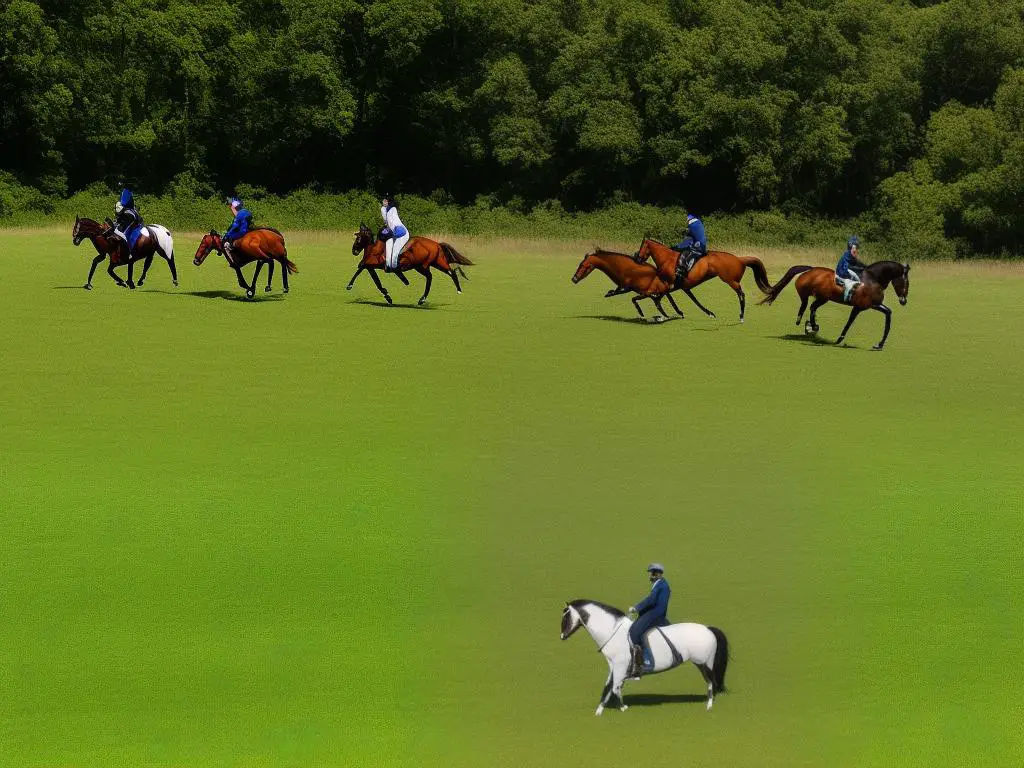
Troubleshooting Common Issues and Challenges
Saddlebred Training Tips
When training Saddlebred horses, it’s common to face challenges due to their high-strung temperament. These intelligent and sensitive horses can become nervous or stressed during training sessions or in unfamiliar situations. To address this, it’s essential for trainers to maintain a calm and patient demeanor, building a relationship founded on trust and understanding. Breaking training sessions into shorter segments and rewarding progress with praise and positive reinforcement can encourage relaxation and a calm demeanor in the horse.
Gait Issues
Saddlebreds are known for their flashy, high-stepping gaits, which can sometimes lead to issues, particularly with the trot and canter. To avoid forcing or exaggerating the horse’s natural gait, trainers should engage in consistent and balanced training, progressively introducing more advanced movements and exercises as the horse becomes more proficient.
Behavioral Problems
Due to their spirited nature and heightened sensitivity, Saddlebreds may exhibit behavioral problems like rearing and bolting. Trainers should address these behaviors early on through clear and consistent communication, creative problem solving, and a strong understanding of equine body language. If rearing or bolting occurs, it’s essential for trainers to remain calm and assertive to maintain control and discourage the horse from repeating such behaviors.
Proper Headset
Training Saddlebreds to achieve a correct headset can be challenging due to their natural inclination to carry their heads high. Developing the horse’s neck and back muscles through exercises such as flexion, bending, and lateral work helps to address this challenge. Maintaining a soft and elastic contact with the horse’s mouth while avoiding forceful rein pressure is also essential to prevent the horse from inverting or bracing against the bit.
Conformational Faults
Saddlebred horses can be prone to conformational faults due to their unique anatomy, such as overly long or weak pasterns, toed-out front feet, or low-set hocks. Addressing these issues requires collaboration with a team of equine professionals, including veterinarians and farriers, to develop a comprehensive and individualized training plan. A well-rounded training approach, focusing on strengthening and conditioning exercises, along with regular assessments and adjustments, can help Saddlebreds reach their athletic potential while minimizing the risk of injury or long-term physical strain.
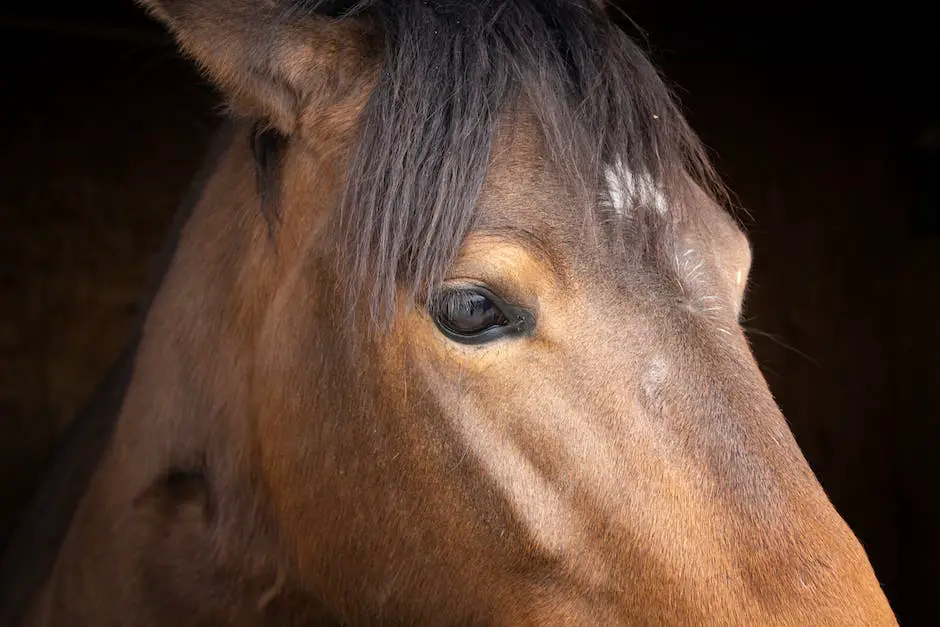
Throughout your Saddlebred training endeavors, always remember that fostering strong communication and a trusting partnership with your horse is essential. By combining patience, consistency, and a deep understanding of the breed’s unique attributes, you can work harmoniously to achieve your goals and unleash the full potential of these magnificent animals. Keep refining your skills and knowledge, and embrace the challenges that lie ahead with the determination to overcome them. As you do so, both you and your Saddlebred will enjoy a rewarding, successful, and gratifying journey in the world of horsemanship.
